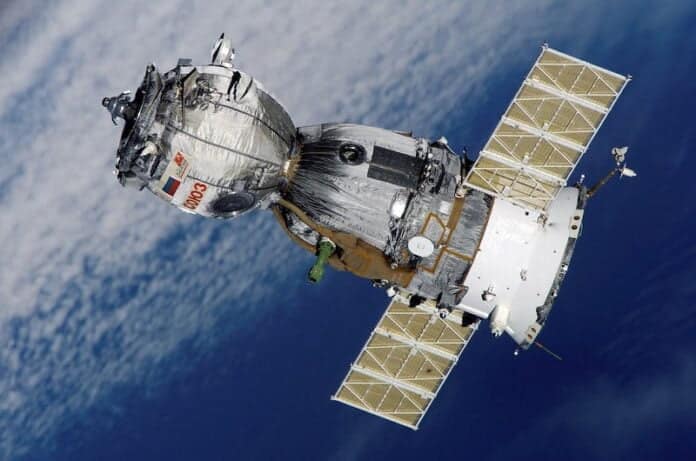A satellite bus is a platform hosting a satellite with all of its corresponding equipment and electronics. Lately, satellite buses have become significantly smaller because payload weight remains the primary factor determining spacecraft launch cost. At the same time, spacecraft must remain equally, if not more, functional when compared to larger, heavier predecessors. All of this results in very specific load regulation requirements, especially so when it comes to power supply systems. After all, the capacity of a satellite power bus will determine not only spacecraft functionality but also its lifespan, ultimately affecting the cost of production. So, how are satellite buses powered?
What kind of electric power supply is used in satellites?
Most present-day satellites rely on a combination of solar cells and Li-ion batteries. Solar cells alone are not always enough because as the distance from the Sun increases, so does the spacecraft’s power capacity. For example, space probes roaming as far as Jupiter can only rely on nuclear power sources.
With satellites in our orbit, such expensive tech is not necessary, but even so, power supplies remain some of the heaviest spacecraft bus component parts. So, private companies and research organizations are actively looking for ways to make satellite buses more lightweight, which primarily involves power sources. Soon enough, triple junction solar cells used today should be replaced with four, sometimes six, junction cells. A potential alternative to Li-ion batteries is Lithium-Sulfur.
However, replacing current batteries with more advanced counterparts is not the only solution to make spacecraft electronics smaller. There are other satellite bus parameters that define spacecraft weight and lifespan — particularly point-of-load power supplies and conversion systems.
What is the Point of the Load Power Supply?
Satellite buses are highly complex examples of electronics that consist of multiple component parts. Operating some spacecraft equipment requires a lot of power, while other bus component parts are more energy-efficient. So, power is not evenly distributed among different parts of a satellite bus. Point of load conversion happens when a change in voltage is necessary — for example, from a larger, more energy-consuming equipment to a smaller, less energy-consuming one. A voltage power converter in a satellite bus ensures this transition goes smoothly and effectively without any energy loss.
This raises another logical question — what is satellite bus voltage? The answer will depend on the satellite bus’s purpose and weight, where larger buses require up to 48Vdc, while smaller ones can work with five or fewer.
Why Are Power Supplies So Important?
Besides increasing the satellite’s lifespan, an uninterrupted power supply is a key to success in any space mission. Satellite buses orbiting in LEO rely on solar energy as their chief source of power supply. In near-Earth orbits, the Sun can provide up to 1.4 Kws of power per square meter, which is why most satellite buses have wing-like solar arrays.
All of these arrays in a satellite bus work as a unified network that produces energy current whenever sunlight reaches its panels. Still, powering satellite buses remains a challenging engineering task even now because, today, modern spacecraft can harness up to 30% of available solar energy. Besides, spacecraft buses are constantly exposed to radiation and heat from the Sun, which damages them over time.
Also, plenty of spacecraft today have orbits that take them out of the sunlight’s way, which is why additional, Li-ion or Li-Sulfur batteries are required. For example, these earth-made batteries are the primary sources of power right after the spacecraft’s separation from its launcher.
Depending on the type of equipment the spacecraft carries, the electrical payload may differ greatly. Still, all spacecraft today rely on power conversion between solar energy and in-built batteries. The goal is to ensure an even power supply across different systems using different energy voltages. The more complex a given bus gets, the more converters it will need to ensure proper power supply distribution — and, as a result, successful mission completion.
As satellite buses keep evolving, so are their power supplies and payload systems. Today’s market has an obvious tendency to make space tech ever smaller and more lightweight. Right now, reducing satellite bus battery weight with proper point-of-load converters is one of the most effective ways to increase spacecraft functionality while reducing production and launch costs. However, as private companies search for more ways to make their products even smaller and more affordable, we can expect new advances in space tech miniaturization.





